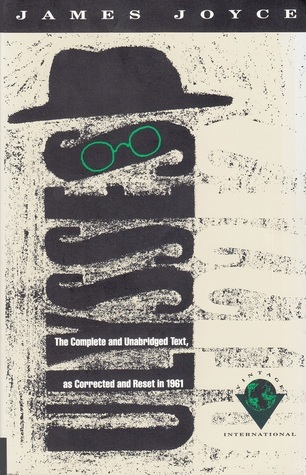
Ulysses Summary of James Joyce's Book

The Masterpiece of Modernist Literature: Ulysses by James Joyce
Published on February 2, 1922, Ulysses by James Joyce is a cornerstone of modernist literature. The novel is a groundbreaking work that revolutionized the way stories were told. Set in Dublin, Ireland, on June 16, 1904, it follows the journey of Leopold Bloom through a single day. Drawing parallels to Homer's Odyssey, the novel intricately weaves together various themes and experiences against the backdrop of early 20th-century Dublin.
Characters
- Leopold Bloom: The protagonist of the novel, Bloom is a complex character who embodies Odysseus from Homer's Odyssey.
- Molly Bloom: Leopold's wife, whose character mirrors Penelope from the Odyssey.
- Stephen Dedalus: A young artist who serves as the counterpart to Telemachus in Homer's epic.
- Malachi "Buck" Mulligan: A friend of Stephen Dedalus and a key figure in the story.
- Mr. Garret Deasy: A headmaster who plays a role in the narrative.
- Various other characters: The novel also features a myriad of other characters who contribute to the rich tapestry of Dublin life, including Bantam Lyons, Simon Dedalus, Hugh "Blazes" Boylan, and many more.
Detailed Summary
Ulysses unfolds over the course of a single day, diving deep into the inner thoughts and experiences of its characters. As Leopold Bloom navigates the streets of Dublin, readers are taken on a journey through his mind, encountering a myriad of emotions, memories, and reflections. The novel's stream-of-consciousness style immerses readers in the characters' inner worlds, blurring the lines between reality and fantasy.
Throughout the day, Bloom's encounters with various characters shed light on different aspects of Dublin life and society. From his interactions with Stephen Dedalus to his contemplation of his marriage to Molly, each moment adds layers to the story, creating a rich tapestry of human experience.
Analysis
Ulysses is a dense and complex work that rewards careful reading and analysis. Joyce's use of stream-of-consciousness, allusions to classical literature, and experimental prose techniques all contribute to the novel's depth and richness. By drawing parallels to Homer's Odyssey, Joyce infuses the narrative with layers of meaning, exploring themes of identity, memory, and the search for meaning in a rapidly changing world.
The novel has been the subject of intense scrutiny and debate since its publication, with critics praising its innovative approach to storytelling and its rich characterisation. Although challenging at times, Ulysses is a work of art that continues to captivate readers and scholars alike, inviting them to delve deeper into its labyrinthine narrative.
Final thoughts
Ulysses by James Joyce is a masterpiece of modernist literature that continues to resonate with readers today. Its intricate exploration of the human experience, combined with its innovative narrative style, sets it apart as a work of art that defies convention and pushes the boundaries of storytelling. For those looking to experience the depth and complexity of Joyce's vision, Ulysses is a must-read.
Whether you're a seasoned Joyce aficionado or new to his work, Ulysses promises to challenge and delight in equal measure. Dive into the rich tapestry of Dublin life, and discover the beauty and complexity of one of the greatest works of literature ever written.






Related Books